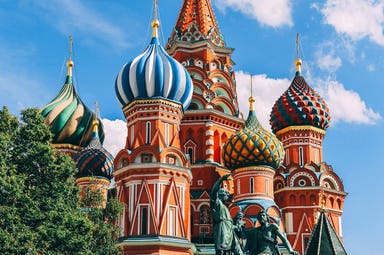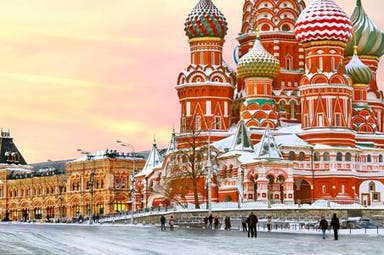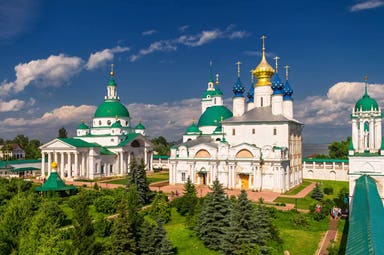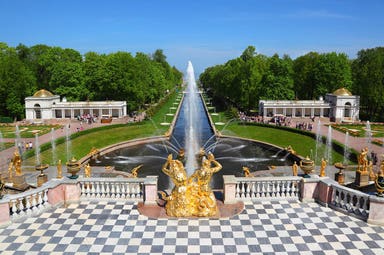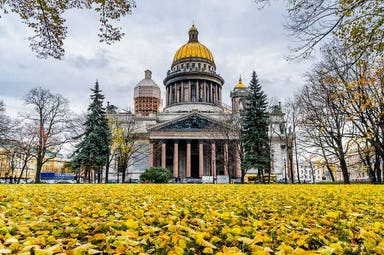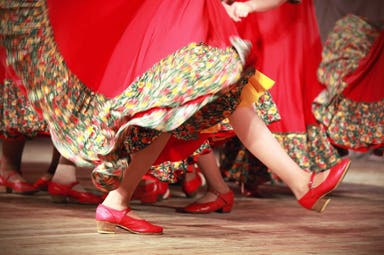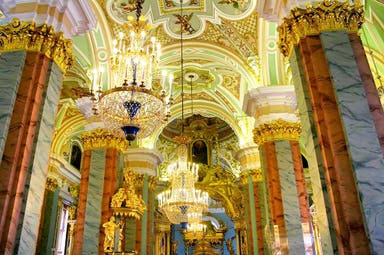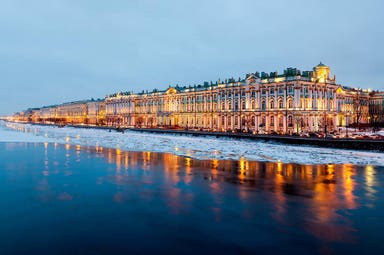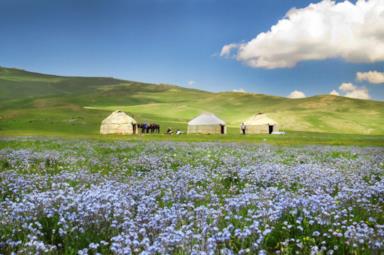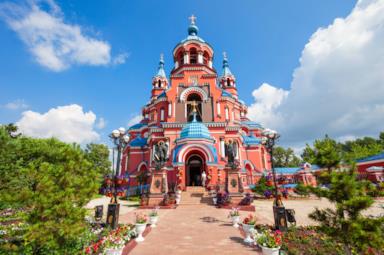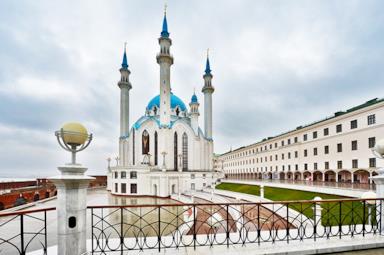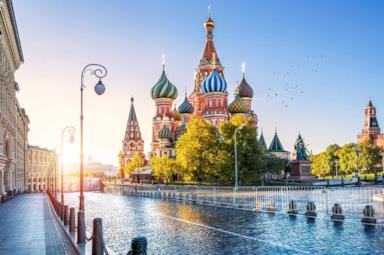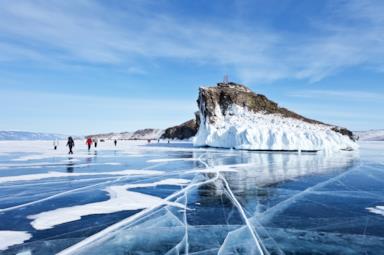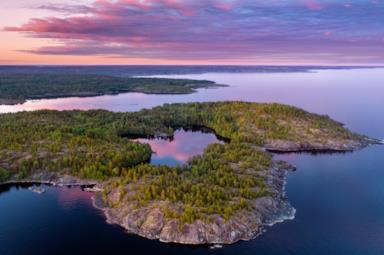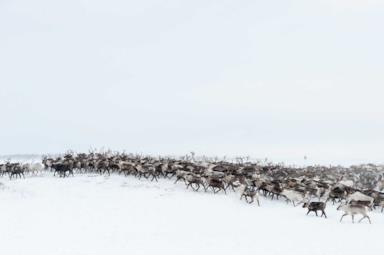Russia - trips and tailor-made holidays
Russia - Travel tips
A journey to Russia, between Asia and Europe, among different cultures, traditions, landscapes and lifestyles, is to be scheduled at least once in a lifetime.
This immense country, the largest in the world, features several climates, from the polar of the north to the almost tropical weather of the Black Sea coasts. It's the perfect destination for those in search of a journey which combines history, nature, art and culture. Plenty are the national parks and the protected areas, the most famous ones are Losinij Ostrov Park and Soči Park, that are also the oldest.
It's impossible not to visit the big cities, with their marvellous archiectures. Surely you must include Moscow in your itinerary: this city is so chaotic and yet charming, with the emblematic Red Square in which Lenin's Mausoleum rises, the Kremlin and the colorful Cathedral of Saint Basil. And there's more: let yourself be charmed by Saint Petersburg, Niznij Novogorod, Kazan, Irkutsk and Ekaterinburg. For the most adventorous, there is also fascinating timeless Siberia, maybe to be crossed by train, magical Lake Bajkal, or even Karelia, where to try snowmobile and husky sledge safaris.
A breath-taking holiday and tailormade tour: let our travel experts guide you, we're sure that Russia and its many wonders will not let you down.
Read moreTravel ideas in Russia
Plan your dream travel 100% made for you with the suggestions of our experts.
Send your request in few and simple steps, free quote without booking obligation




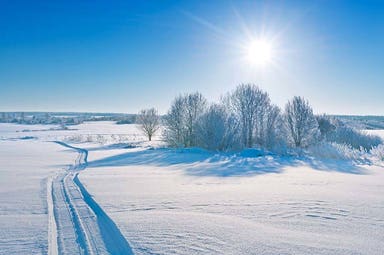
 Tailor-made
Tailor-made
